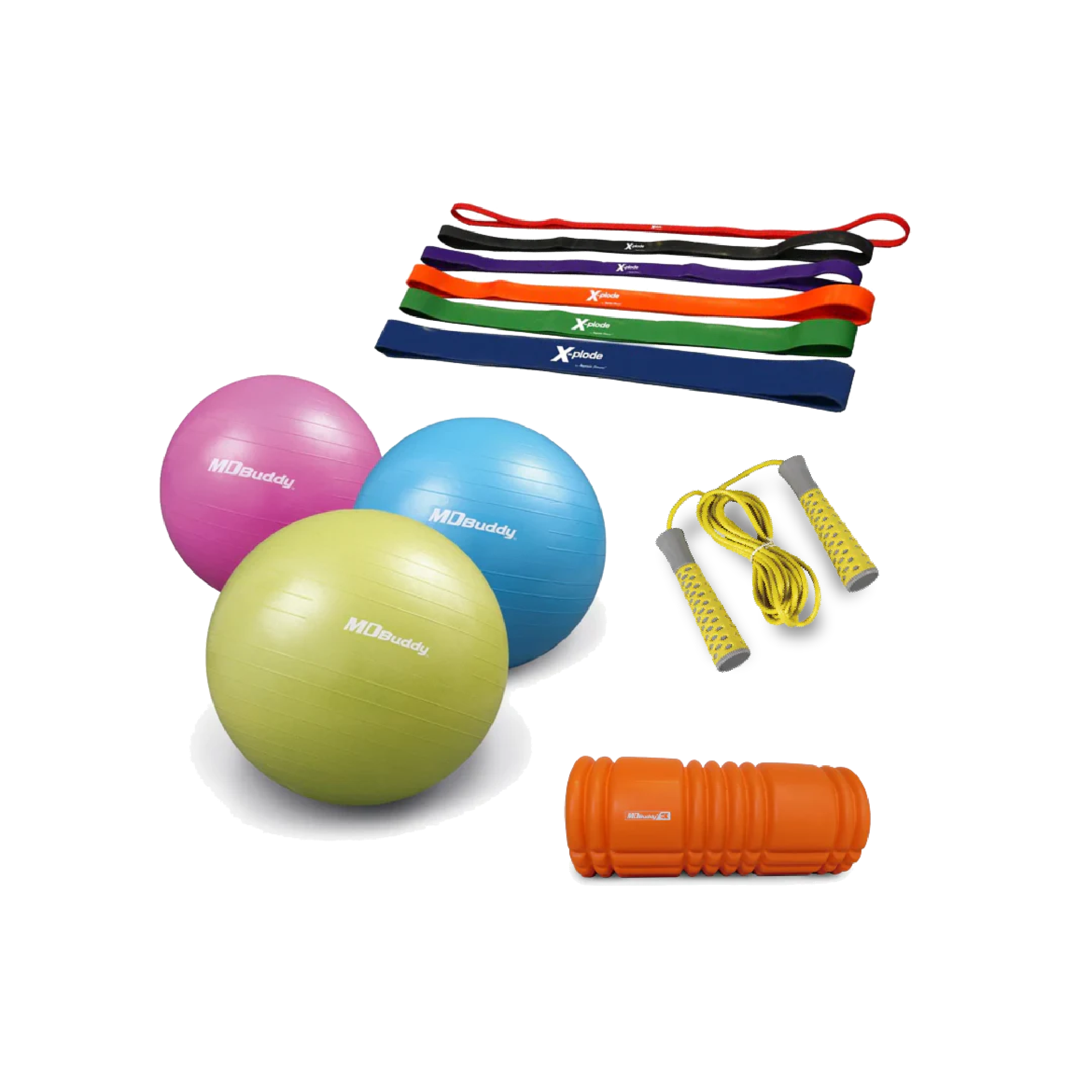Getting Kids To Play Outside Again

There’s a place where your kids could enjoy themselves, improve their learning skills and become healthier and happier overall.It costs almost nothing, and it’s just on the other side of your door.
Just as technology was making it easier to live life indoors, we experienced a pandemic that made it necessary for us to stay there. Now, as Canadians slowly emerge from a long self-isolation – into a bright new season with bluer-than-usual skies – medical experts are hoping a renewed interest in the outdoors can reverse some disturbing trends.

Research indicates Canadian Kids just aren’t moving enough. Youngsters aged five to 17 log a daily average of three hours of screen time, which has worrying effects on young bodies and minds. Inactivity and convenient snacking have raised childhood obesity rates, Type 2 Diabetes, and cardiometabolic disorders. Adolescent depression, hyperactivity, and anxiety have also increased. Meanwhile, physical, sensory and cognitive functions suffer. Grades go down, vision problems go up and too much sitting time can cause bones to decompose.
New Terms for an Old Solution
“Physical literacy” might sound like a new concept, but how it works will be instantly familiar to Canadian adults who remember going outside and making their own fun. “Unstructured play” is another term the experts use for it – probably to make all their research sound as serious as it is. International studies give Canada a “D” grade for childhood activity – putting us near the bottom of the class with countries like the U.S, Scotland and Belgium. Oddly but not surprisingly, this is one arena in which developing countries regularly trounce us.

One shocking revelation is that our kids are losing their ability to play – the mental and physical aptitude to do what once came to us instinctively (AKA physical literacy) – and even worse, many kids say they don’t care. Getting them out there and introducing them to unstructured play has never been more crucial – and its rewards are many.
What's so great about the great outdoors?

Right now is an ideal time to introduce your kids to the outdoors. Many have been cooped up since snow was on the ground, and this summer will be extra green, fresh and clear due to reduced emissions during the recent lockdown. So they’re already starting off with one bonus – and so many more to grab:
• Weight control. Research has found kids burn more calories outdoors, and spending more time there can reduce body mass index (BMI).
• It’s play not work. With room to bound around, kids can swing those arms and legs freely. With so much to discover, kids are motivated to rev their engines – unlike performing an obligatory exercise regimen at home.
• The sun does wonders. It’s had a bad wrap in recent years, but hats, sunglasses and sunscreen can protect kids from damaging rays without blocking the positive effects ofsun-delivered Vitamin D. Those include mineral absorption, increased immunity, stronger bones and muscles, properly-paced puberty and a lower risk of chronic diseases. Natural sunlight can also help with concentration and attention span. Meanwhile, spending more time gazing over longer, well-lit distances can decrease the chance of vision problems.
• Athletic ability. All that freedom to throw, pull, carry, run, climb and jump is bound to build stronger muscles, but that’s just for starters. Kids also gain the improved motor skills, coordination, endurance and reflexes that go with it.
• Cognitive, social and emotional development. Studies indicate that time in nature improves a child’s brain function, while unconstructed play reinforces positive habits like sharing, taking turns, co-operation, communication and organization. Kids who invent new games or adventures boost their creativity, while the relaxed pace of nature reinforces patience and an understanding that learning is an ongoing process.

• Confidence and independence. Parents naturally worry about their children’s safety, but kids must learn to deal with risk sooner or later. Activities like safe tree climbing help kids develop their courage, concentration and problem-solving skills. They’ll feel the joy of accomplishment, learn to move on from failure, comprehend their mistakes and create solutions.
• Sleep. Science is yet to prove that outdoor fun “plays kids out,” but they do know that time in natural sunlight resets their “inner clock” and restores natural sleep cycles. Parents can help keep them in sync by limiting their kids’ exposure to artificial light - especially those pesky device screens – before bedtime.
• Appreciation of Nature. Kids who spend time in nature quickly gain a strong sense of its global value and its impact on our own wellbeing. The urge to protect our environment reinforces their sense of purpose and their willingness to learn and speak out effectively.
• Happiness. Research indicates all of these benefits enhance a child’s contentment with life. Studies continue to indicate that children who commune with nature suffer less stress, anger, frustration and self-doubt while becoming happier, more enthusiastic and better-adjusted.
So how do you get your kids outside?
Getting kids to go outside after an extended quarantine can be like getting them to duck their heads under cool water when they go swimming. They might not want to, but once they do, they’ll be much more comfortable. Your two most valuable resources in getting them outside are your time and your understanding. If your kids don’t respond enthusiastically, trust that there are more complex reasons than laziness, stubbornness or games and gadgets.

Younger kids might have heard more scary things about COVID than they can process, or they might not understand why they can’t play with their friends just yet. Talking to younger kids about what they’ve heard allows you to clear up falsehoods and make them feel less anxious about real concerns. Help them understand why they won’t be able to play with their friends or use favourite playground equipment.
Older kids will also miss their peer group, who reinforce their maturity and independence. Knowing what drives or hinders your kids can help you get them outside on their own terms.
Involve them in preparing for outings.

Teens and tweens are immensely proud of their internet search skills. Putting those talents to use finding up-to-date information on parks and trails makes older children partners in planning outdoor activities. Asking what they think would be fun opens a window on their interests. If they make a suggestion that you'd rather avoid (for instance, if you're not the world's best rollerblader), why not take a chance? If you're asking your kids to step out of their comfort zone, set an example they can follow.
Meanwhile, you can help younger kids comprehend the distance they should keep between themselves and others. Measure six feet and challenge your child to show you how many steps, hops, or jumps that is. Once they have that down, they can practice social distancing by pretending they have a six-foot force field around them that pushes them away from others.
Once your kids support the idea of an outdoor excursion, keep them involved in the process of assuring it’s an enjoyable outing.
Outdoor Excursion Checklist

- Make sure you bring enough water bottles and healthy snacks. Ask your little ones to pick what they think will be best.
- Bring a camera or sketch pad as an activity option for older kids.
- Bring your dog for a walk in appropriate areas.
- Plan a scavenger hunt or other nature-focused activity.
- Remember social distancing: Check local regulations beforehand and don’t stop to talk.
- Check local park and trail openings and closures. Remember that the status of public access areas is continually changing, so you could still encounter crowds or closures even if you’ve checked ahead.
If your public area plan falls through, you can always have a safe outing in the blocks around your home - or just outside your door.
The Backyard Option

In your own backyard, the rules of social distancing probably won't apply, so you can enjoy recreational activities that parks can’t offer. Sports like soccer, badminton or one-on-one basketball are possible if you have the equipment. You might even have room for a trampoline or playset. If you don’t have these, there’s always sidewalk chalk art, hopscotch, or building a fort out of cardboard. Older, fitness-minded kids can turn a tree limb into a pull-up bar, do elevated push-ups on the front doorsteps, or run up and down them, monitoring their progress on a fitness tracker. On hot days, kids can enjoy some water splashing fun – anything from running through sprinklers to washing the car. You can create a comfort station for their breaks with a pitcher of cold water, fruit, healthy snacks, and a cushioned chair or hammock for relaxing. You can also bring them in for a noontime break in the air-conditioned house.
If you don’t have a lot of equipment or outdoor toys, nature itself offers plenty of enjoyable activities for kids, including scavenger hunts. They can also catch and care for insects – creating a worm farm or feeding a caterpillar before it cocoons up and becomes a butterfly. Kids can help with gardening – creating tiny vegetable forests and surrounding their work with hand-painted rocks. They can also inject some fresh air into their chores and homework by taking them outside. Nighttime offers star gazing or even backyard camping.
Some self-conscious kids might also feel freer to engage their imagination within the privacy of their backyard fence. With or without a few toys, they can invent games, plays and other adventures - perhaps inviting you to take part. Taking them up on it might be as healthy for you as any exercise.
Stay involved.

You only have your kids for a limited time. Make it count. It’s not just your children’s wellbeing that you stand to reclaim. It’s also the strength of your family unit. Proving to your kids that fun, fitness and family can all exist at the same time might sound like a big task, but the outdoors provide a big area to get started.
Category: Your Fitness Resource
Tags:
children
filter_Fitness-Tips
filter_Inspiration
Fitness-Tips
fun
inspiration
leisure
outdoors
tips
trampoline
workout:outdoors






